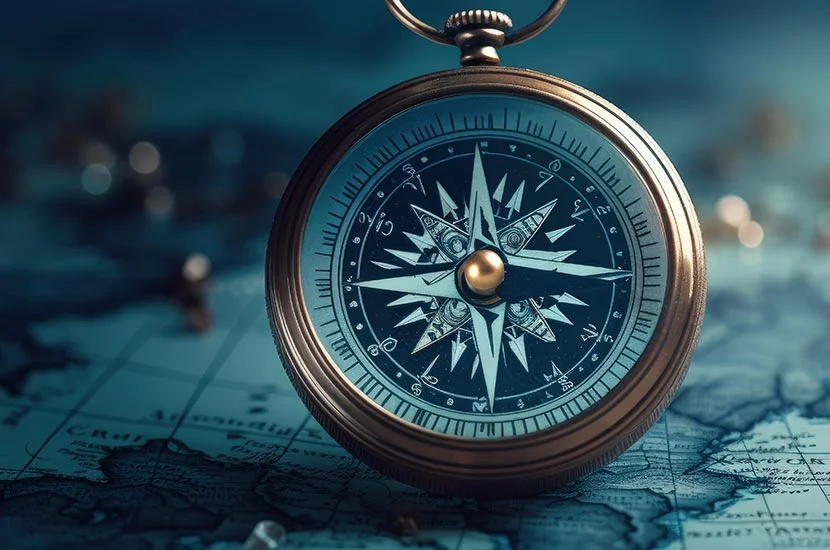As we continue our month-long focus on “Talking to Your Customer,” it becomes increasingly clear how vital a robust messaging strategy is in the realm of marketing. For many of you, understanding the product is not the challenge; the real test is in communicating its value effectively and consistently. Without a structured approach, messaging can become a maze of inconsistency, leading to confusion and a weakened market presence. The key to navigating the terrain of brand messaging is a Message Map.
The Importance of a Structured Messaging Strategy
In the world of marketing, a messaging strategy is more than just a set of guidelines; it’s the backbone of your brand’s communication. It defines how you speak about your brand and products, ensuring consistency across all platforms. This strategy is not just about maintaining a uniform tone; it’s about creating a resonant and compelling narrative that speaks directly to your audience’s needs and desires.
Enter The Message Map: Your Guide to Clarity and Consistency
A Message Map is an invaluable tool in the marketer’s toolkit, serving as a detailed guide for your brand’s communication journey. It’s a structured approach that aligns your messaging with your business objectives and your audience’s expectations. Let’s delve deeper into the components of an effective Message Map:
- Terrain: Understanding Your Audience’s Needs
Identifying the core problem or need of your target audience is the first step. By clearly defining what problem or concern your target audience has, you will understand what kind of terrain you must cover to show them that your brand or product provides a solution. It’s the question you plan to provide the answer to. This does not have to be a complicated explanation of the problem. You need to do it in such a way that’s concise and easy to understand, not only for yourself but also for anyone else you will communicate with about your brand or product.
This knowledge sets the direction for your messaging, enabling you to articulate the problem in a way that resonates and connects with your audience.
- Vehicle: Setting the Tone and Style
Whenever starting out on a journey you always need to know your mode of transportation. In terms of your Message Map, we are referring to the style and tone you are going to use when communicating. Your messaging’s tone and style are crucial to how your brand is perceived. This step involves choosing a communication style that aligns with your brand’s personality and audience’s expectations. The style can vary from authoritative to playful, depending on what suits your brand and audience segment best.
Some brands and products warrant using a knowledgeable tone, others an authoritative tone, while some call for a playful tone. If you know this going in, all the rest gets easier. It is important to note that the same brand or product may use different styles and tones with different target audiences.
- Base Camp: Crafting Your Central Narrative
Before you start any journey, you need to be to build a base camp from which to operate. When it comes to a Message Map, this base camp is your central story. The central narrative or story of your brand forms the heart of your Message Map. It should encompass what your brand stands for, its mission, and how it solves your audience’s problem. This narrative becomes the foundation upon which all other communications are built. Until you have a good, solid base camp, you are not ready to set out on your journey.
- Trail Markers: Reinforcing Your Narrative
Along the way on this journey, you will need to have trail markers so that you know you’re headed in the right direction. In the case of your Message Map, these are the supporting points of your central story. These points bolster your central narrative. They should be concise, memorable, and align with your main message, acting like sound bites that reinforce your brand’s story.
- Destination: The Goal of Your Messaging
Every journey needs a destination. And in the case of your Message Map, this is the mindset you want to create with your target audience. The destination is about the mindset or action you aim to instigate in your audience. It’s what you want them to think, feel, or do after interacting with your brand. This could range from making a purchase to changing a perception about your industry.
Creating a Messaging Atlas
Having a single Message Map is not enough for brands serving multiple audience segments. In such cases, creating a Messaging Atlas – a collection of Message Maps tailored to each target audience – is essential. This ensures that each communication is precise, targeted, and effective.
The Internal Value of Message Maps
A Message Map is not only for external communication; it’s equally vital for internal stakeholders. Employees, contractors, and even virtual assistants should be familiar with your Message Maps to maintain consistency in how your brand is represented.
In conclusion, a Message Map is more than a communication tool; it’s a strategic compass that guides your brand’s narrative. It ensures that your message is not just heard but resonates with the right audience in the right way. Remember, in the world of marketing, clarity and consistency are key, and a well-crafted Message Map is your pathway to achieving both. Stay tuned for more insights as we continue to explore the theme of “Talking to Your Customer.”







Leave A Comment
You must be logged in to post a comment.